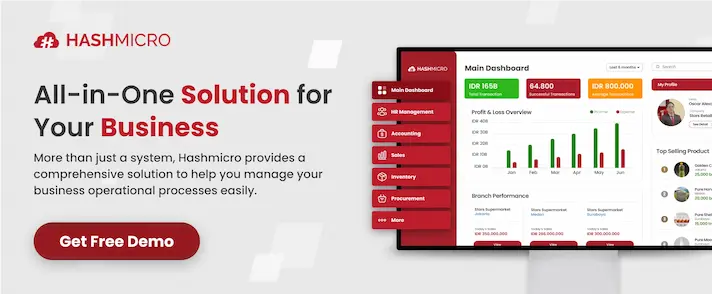Facility management services help ensure that buildings, assets, and daily operations run efficiently, safely, and reliably. This includes managing physical spaces like offices, hospitals, schools, and warehouses to support productivity and user comfort.
As the need for structured operations grows, the global facility management market is projected to grow from $609.12 billion in 2023 to $644.31 billion in 2024 with a CAGR of 5.8%, and further to $810.73 billion by 2028 at a CAGR of 5.9%.
To meet these expectations, businesses are adopting tools like HashMicro Facility Management Software, which centralizes asset maintenance, technician scheduling, cost tracking, and real-time reporting on a single platform.
In this article, we’ll explore the key roles and functions of facility management services, highlight their benefits, and discuss how adopting a digital system like HashMicro can help businesses stay ahead in a competitive environment.
Key Takeaways
|
What are Facility Management Services
Facility management services are professional solutions that ensure buildings and infrastructure operate efficiently and effectively. They achieve this by managing maintenance, space usage, safety, and day-to-day facility operations to support business productivity.
The main objective of facility management is to support an organization’s core operations by maintaining a safe, functional, and productive environment for employees, customers, or occupants.
Whether it’s an office building, hospital, school, or industrial site, effective facility management ensures that everything runs as expected, reducing disruptions, minimizing costs, and enhancing the user experience.
What is the Role & Purpose of Facility Management
The role of facility management is to ensure that the built environment fully supports an organization’s people, processes, and goals. It serves as a bridge between the physical workspace and a business’s operational needs, ensuring everything functions effectively and safely.
The primary purpose is to optimize the use of physical assets while maintaining a comfortable, compliant, and efficient environment. This includes managing space, coordinating maintenance, reducing operational risks, and ensuring regulatory adherence, all while enhancing user satisfaction.
To achieve these outcomes more efficiently, many businesses are realizing the benefits of facility management software, which helps align operations with business objectives through automation, real-time insights, and better control.
As a result, facility management contributes to greater productivity, cost savings, and long-term sustainability, allowing teams to focus on their core activities.
Core Functions of Facility Management
Facility management encompasses a wide range of functions designed to maintain the safety, efficiency, and usability of physical spaces. These functions are generally divided into two main categories: hard services and soft services, each playing a vital role in supporting daily operations.
1. Hard services (Technical & structural)
Hard services refer to the physical and technical aspects of a facility that are essential to its operation. These include systems and infrastructure that require regular maintenance to ensure safety, compliance, and optimal functionality. Common examples include:
- Electrical systems
- HVAC (heating, ventilation, and air conditioning)
- Plumbing and water systems
- Fire safety equipment
- Building structure and repairs
These services are often regulated by law and must meet specific safety standards. Proper management of hard services helps reduce equipment failure, avoid costly downtime, and extend the life of physical assets.
2. Soft services (Non-technical & support)
Soft services are non-technical functions that contribute to the comfort, cleanliness, and usability of a facility. While they don’t involve structural systems, they play a key role in enhancing the day-to-day experience of occupants. These typically include:
- Cleaning and janitorial services
- Security and access control
- Waste management
- Landscaping and pest control
- Reception and mailroom services
By maintaining a safe, pleasant, and well-organized environment, soft services support workplace well-being and contribute to higher employee and visitor satisfaction.
Technology & Smart Facility Management
Technology has transformed facility management from a manual, reactive process into a proactive and data-driven approach. With IoT sensors, cloud systems, and mobile tools, teams can monitor assets in real-time, automate tasks, and resolve issues more efficiently.
This approach enables organizations to improve efficiency, reduce downtime, and optimize energy use and space utilization. Smart facility management software also enables better planning and maintenance, leading to cost savings and a safer, more comfortable environment.
To support this shift, many businesses adopt solutions like HashMicro Smart Facility Management, which centralizes maintenance schedules, asset tracking, and reporting in a single platform, enabling teams to manage facilities with greater speed and accuracy.
Conclusion
Facility management services are essential for ensuring that buildings, assets, and operations function smoothly, safely, and efficiently. From routine maintenance to long-term planning, these services help organizations create productive and sustainable environments.
To manage these tasks more effectively, many companies turn to digital solutions like HashMicro Smart Facility Management. The system streamlines operations by automating maintenance, tracking asset performance, and providing real-time insights all within a single, integrated platform.
Ready to modernize your facility operations? Request a free demo of HashMicro Smart Facility Management and discover how it can support your business goals.
FAQ About Facility Management Service
-
What are the 4 pillars of facility management?
To clearly understand a facility manager’s role, responsibilities, and impact on a business, it’s helpful to break down their areas of focus specifically the four key pillars of facility management: people, processes, buildings, and technology.
-
What is the FM process?
Frequency modulation involves changing the instantaneous frequency of a carrier wave based on certain characteristics—typically the instantaneous amplitude—of a message signal, like an audio signal.
-
What is the main goal of facility management?
Facility Management is a strategic function that connects people, spaces, and processes within a physical environment to enhance both the well-being of individuals and the efficiency of core business operations.


















































